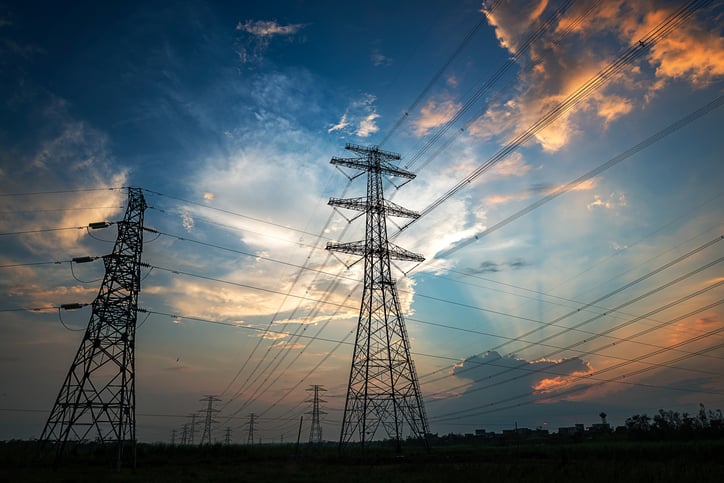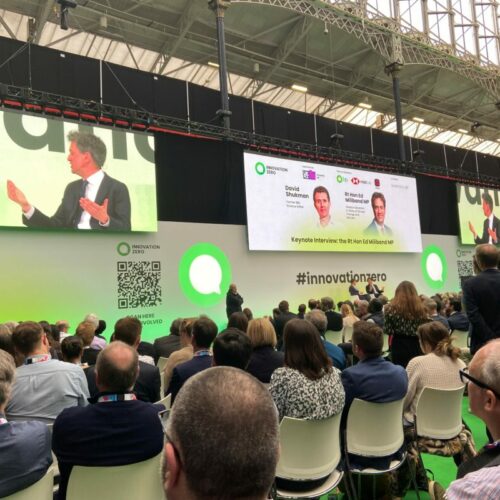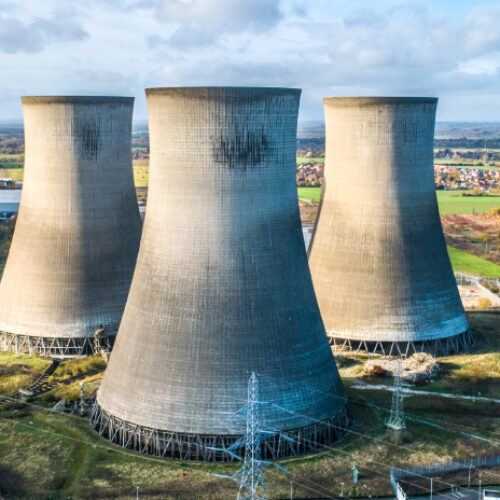In the first of a series of predictions pieces running over the coming weeks, Fluence’s Marek Kubik and Open Energi’s David Hill offer their predictions as to what may happen in the energy sector in 2019.
Marek Kubik, market director, Fluence
Capacity Market postponement will not dampen continued UK energy storage enthusiasm in 2019
Since the introduction of de-rating factors in 2017, CM revenue has not been a major driver of energy storage revenue. Whilst CM was the primary driver for diesel and gas peaking technologies, its absence in the market creates a flexibility vacuum that battery storage could well fill.
The Irish 2019 DS3 tender will be the next energy storage ‘gold rush’ with a battery clean sweep
The prospect of six-year contracts will attract massive interest as we saw in the EFR auction of 2016, but prices will clear even lower. Market intimacy, optimisation in close collaboration with energy storage solution providers and avoiding the bidding of fixed costs will be key. The auction is technology-agnostic but plays to the strengths of batteries, particularly for solution providers that have demonstrated the challenging 150ms response speed that maximises scalar revenue.
The energy storage conversation will move from MWs and millions of investment to GWs and billions
Most markets begin for storage with frequency regulation but saturate quickly because that particular need is limited to hundreds of MWs. These “shallow” markets favour the bold, first movers. The BM and intraday market flexibility in the UK are much “deeper” with needs in the GWs and growing. They can provide good returns for those that can leverage economies of scale, portfolio approaches and trading capabilities. The market has recalibrated and we see an investor class that is becoming more comfortable backing projects on a merchant basis, provided that the battery solutions provide bankable, flexible warranties to technically de-risk against changing services and provide revenue agility.
David Hill, commercial director, Open Energi
Growth in tech-supplier partnerships
Business model innovation and a focus on customer experience will see more collaboration between technology companies and electricity suppliers. As the value of flexibility increasingly shifts to wholesale energy markets we expect to see more businesses seeking opportunities for direct participation in these markets. Enabling this will lead to increased partnerships between tech companies and suppliers. Together they can deliver innovative business models packaged up into fully automated, customer-centric propositions that drive long-term value, mitigate risk and deepen customer relationships.
Big uplift in behind-the-meter battery storage
There has been a lot of hype around battery storage over the last few years, but the behind-the-meter market hasn’t taken off as quickly as some anticipated. Many companies have adopted a ‘wait-and-see’ approach, but this is starting to change as learnings are shared from successful installations. We expect to see a big uplift in behind-the-meter storage during 2019, where the business case has always been most compelling. Businesses will see immediate benefits from cost and carbon savings and improved resiliency, as well as supporting future energy strategies to become more flexible and efficient.
EV uptake accelerates
The only question with EVs is how fast they will be deployed and it’s safe to say grid-scale and behind-the-meter battery storage will ultimately be eclipsed in volume by the amount of aggregated storage in electric vehicle batteries. The electrification of fleets and work-place charging will feature heavily in 2019 as companies start to make the switch, but there are lots of challenges to be overcome, not least managing site constraints. Smart charging strategies present opportunities for companies to avoid costly connection upgrades and use the energy storage within EV fleets to reduce costs and earn new revenues.
DSR grows up
Lastly 2019 will be the year Demand Side Response grows up. The ADE’s Code of Conduct – Flex Assure – and new directives designed to protect Critical National Infrastructure will bring issues of safety, quality and reliability to the fore and require some hasty re-examining of products and processes for some. A safety-first design approach should be the norm and any business considering working with a DSR provider should expect to see how best practice has been applied to hardware and software design to ensure a safe integration with critical processes and plant.





